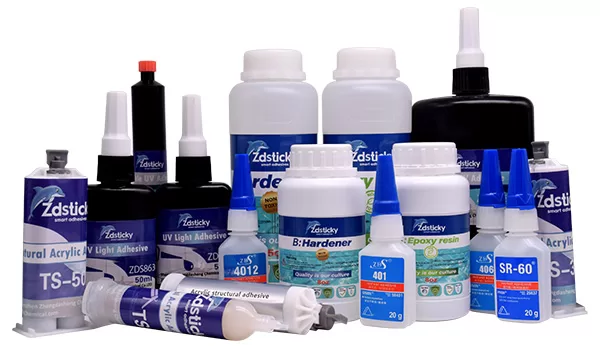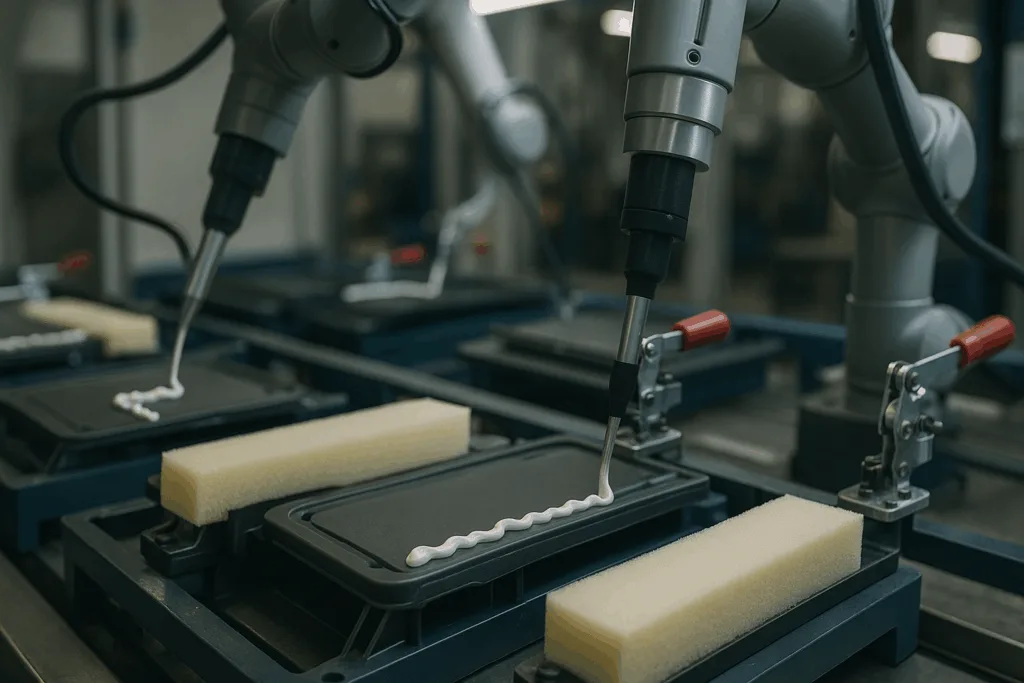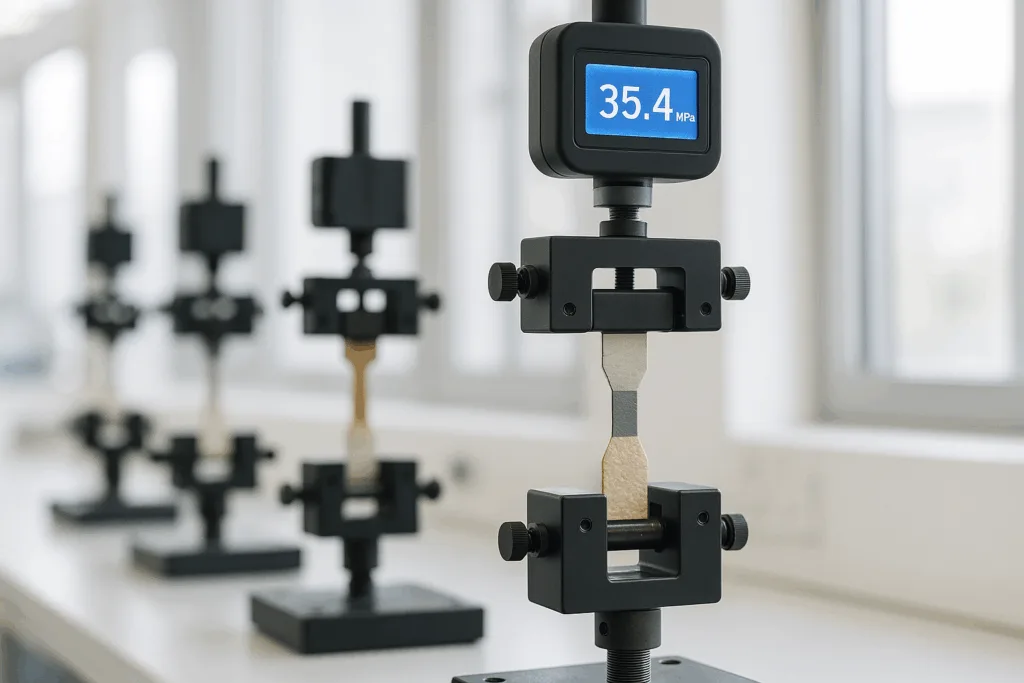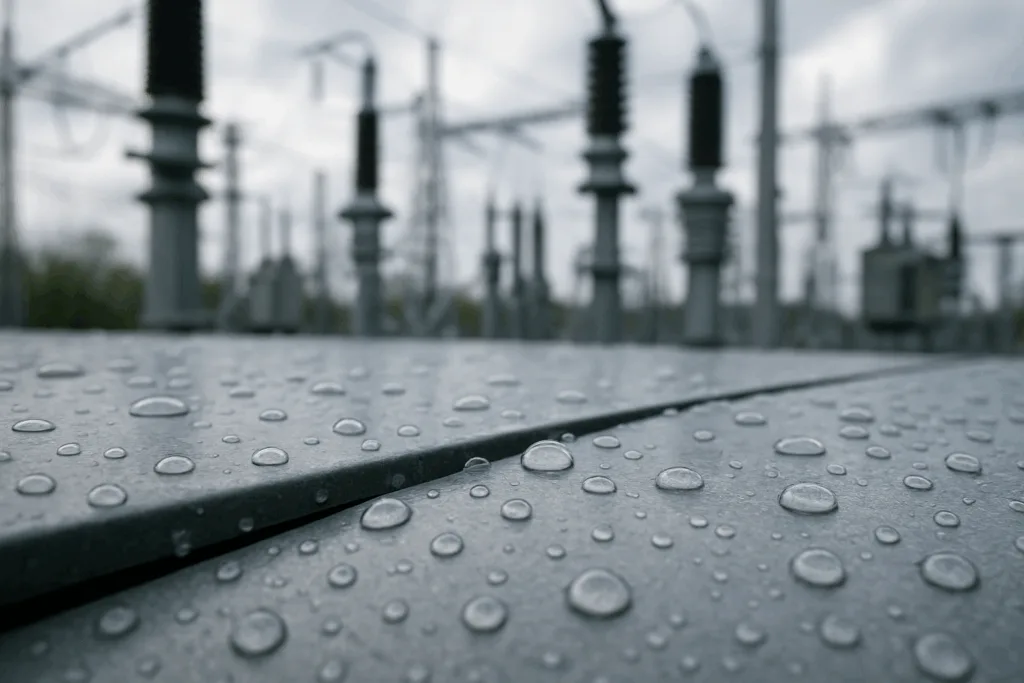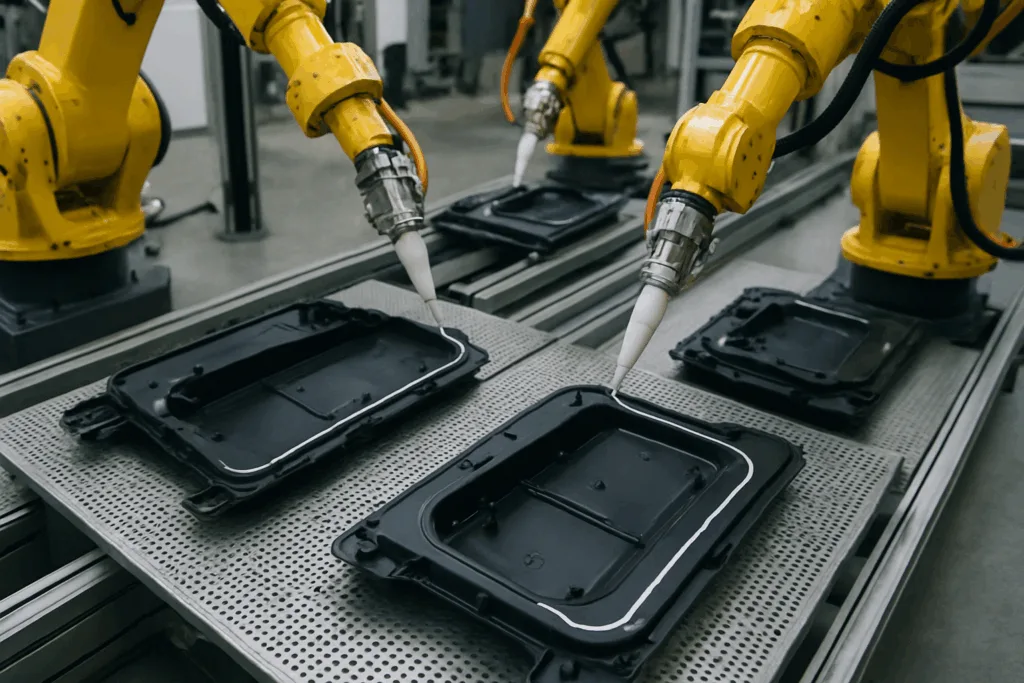Introduction
Modern vehicles are engineering marvels—packed with electronics, plastics, and composite materials, many of which must endure extreme heat and vibration. The performance of a car doesn’t just depend on engines and sensors but also on unseen heroes: adhesives. And when the environment gets hot—literally—choosing the right automotive adhesive for heat resistance is no longer optional. It’s critical.
So, how do you navigate the chemical maze of epoxy, silicone, acrylic, and polyurethane? How do you make sure the glue doesn’t melt, crack, or fail on a 120°C engine block? That’s exactly what we’re here to break down.
ZDS™—a trusted adhesive manufacturer—helps automotive engineers and suppliers globally select the right bonding solutions tailored to temperature, materials, and reliability.
![]()
Choose the Right Automotive Adhesive for Heat Resistance
Automotive manufacturers and component suppliers deal with a unique enemy—heat. Whether it’s the scorching temperatures under the hood or the thermal cycling of an EV battery during fast charging, adhesives need to resist much more than just physical strain. They must retain their bond strength, flexibility, and insulation properties even at 150–250°C.
But not every adhesive can handle such punishment.
ZDS™, as a trusted adhesive manufacturer, formulates a wide range of heat-resistant adhesives specifically tailored for automotive applications. Whether you’re bonding plastic-to-metal, sealing a sensor, or potting an electronic module, ZDS™ has engineered solutions proven to withstand real-world heat exposure, vibration, and environmental cycling.
Understanding Automotive Heat Zones
Different parts of a car face different thermal demands:
- Engine Block & Cylinder Head: up to 200–250°C
- Exhaust Manifold: can exceed 600°C
- Turbochargers & EGR Valves: 250–400°C
- Battery Packs (EVs): 60–120°C during charging
- Dashboard/Interior Plastics (Summer Sun): 70–100°C
- Brake Systems: 150–250°C under stress
Clearly, a one-size-fits-all approach doesn’t work here.
Why Heat Resistance Matters in Adhesives
Here’s the hard truth: if your adhesive fails, so does the part.
Without proper resistance, adhesives may:
- Soften or melt, causing parts to slip or shift
- Crack under thermal cycling
- Lose adhesion due to differential expansion
- Fail dielectric properties, affecting electronics
Worse yet, many failures remain hidden until it’s too late.
Common Types of Heat-Resistant Automotive Adhesives
Let’s break it down:
| Type | Heat Resistance (°C) | Best For |
| Epoxy | 150–250 | Structural bonding, metals |
| Silicone | 200–315 | Sensors, electronics, seals |
| Acrylic | 130–180 | Fast assembly, plastics |
| PU | 90–130 | Interior panels, vibration-damp parts |
Epoxy Adhesives for Extreme Bonding Strength
Epoxies are the go-to for structural applications. They bond metal, composites, and even ceramics with astonishing strength. High-temperature epoxies from ZDS™ maintain their mechanical integrity up to 250°C.
Perfect for:
- Engine block sensors
- Cylinder head covers
- Under-hood metal housings
Bonus: High chemical resistance and great electrical insulation properties.
Silicone Adhesives for Flexibility and Thermal Stability
If flexibility in high heat is your need, silicone is your answer. It thrives in conditions where others fail—200°C, 250°C, even peaks above 300°C. It’s ideal for:
- Sealing sensors in turbochargers
- Potting electronic modules near heat sources
- Bonding flexible substrates like plastics or soft metals
And yes, ZDS™ silicone adhesives meet strict OEM, REACH, and UL standards.
The Role of Adhesives in EV Battery Assemblies
Electric vehicle batteries generate—and must tolerate—lots of heat. Whether it’s the adhesive bonding the cooling plate to the battery cell or the thermal interface material between modules, heat resistance is vital.
ZDS™ offers:
- Thermally conductive adhesives
- Electrically insulating options
- Gap-filling materials for uneven surfaces
These adhesives reduce thermal stress and extend battery life.
How ZDS™ Designs Heat-Resistant Adhesives
Our R&D team at ZDS™ doesn’t just guess. Every heat-resistant adhesive we produce undergoes rigorous:
- Thermal aging simulations
- Cyclic heating and cooling
- Mechanical shear tests at high temp
- Dielectric strength under elevated conditions
This ensures predictable performance even in the most unpredictable automotive environments.
Frequently Asked Questions
What is the best adhesive for 200°C engine conditions?
Silicone or high-temp epoxy adhesives are typically ideal. ZDS™ offers both, designed for engine and turbo areas.
Can adhesives replace bolts in automotive applications?
Yes, structural adhesives like epoxy can replace mechanical fasteners in certain parts, offering weight savings and uniform stress distribution.
Are heat-resistant adhesives safe for electronic components?
Absolutely—ZDS™ adhesives are formulated with thermal and electrical insulation in mind, making them perfect for sensors and PCBs.
What’s the curing time for heat-resistant adhesives?
It varies: UV-curing adhesives solidify in seconds, while epoxies may take hours at room temperature or minutes with heat.
Can adhesives handle vibration and heat together?
Yes, especially if you select products like silicone or acrylic that offer both flexibility and temperature endurance.
Does ZDS™ provide custom adhesive formulations?
Yes. We regularly customize adhesives based on your specific material, heat, and mechanical requirements.
Conclusion
Choosing the right automotive adhesive for heat resistance isn’t just a technical step—it’s a strategic decision. The correct adhesive enhances performance, reduces failure, and keeps both engineers and end-users safe.
With deep R&D, industry certifications, and decades of experience, ZDS™ provides engineered bonding solutions trusted by automotive leaders worldwide.
Need to find the perfect heat-resistant adhesive for your next project? Contact ZDS™ today and let our experts help you bond better—no matter how hot things get.



